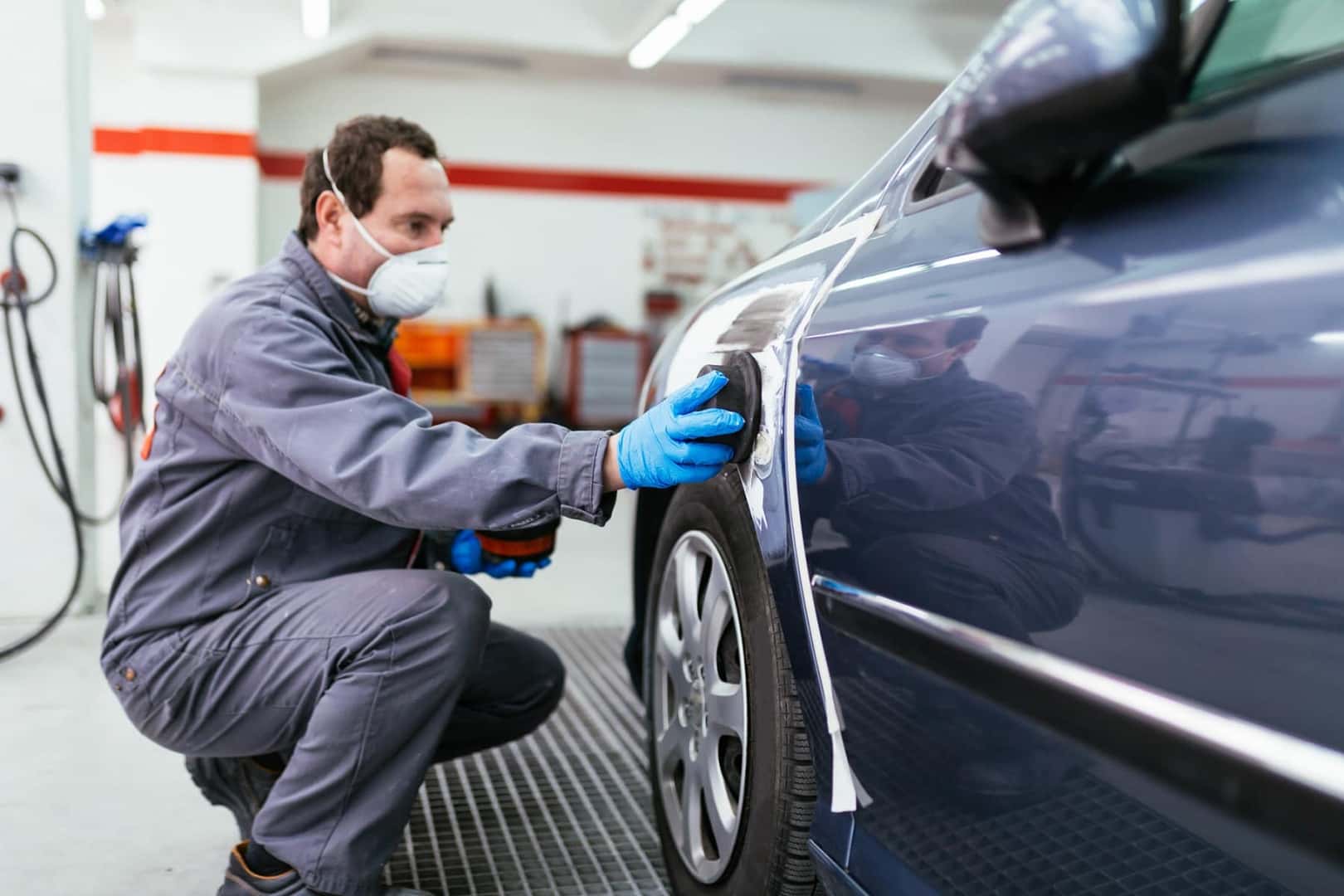Car Body Work: 5 Tips to Inspect Your Ride After You’ve Had Work Done

No one enjoys feeling like they’ve had the “wool” pulled over their eyes when it comes to bodywork on your car.
If you could do it yourself, you probably would. However, in most cases body work requires a professional car repair team to restore the damage to its original glory.
Before you leave the body shop, is your car really as good as new when you pick it up from the body shop? At first glance, it might seem like they did a good job. But a more in-depth look might reveal they missed a spot—or two.
Hold your body shop accountable for quality work. Here are five tips to make sure they handle your car body work correctly.
1. Bring it Into the Light
Have you ever noticed that you can see every ding and scratch on your car when it sits in the sun? The glorious sunlight isn’t kind to knicks or scratches on the surface of automobiles.
If you get to the body shop and your car is still inside the garage, bring it out into the light. Sunlight can reveal a multitude of body work sins when you take a closer look for a body inspection. The light from the sun provides the best lighting for noticing small dents, differences in paint colors or textures, and any uneven panels.
What might seem like a perfect paint job or dent repair under the lights of the garage might not be the same picture out in the sun. You’ll spot small scratches missed by the buffer and any flaws that remain.
Don’t pay for the service or leave the garage until the body shop corrects these issues.
2. Open and Close Everything
If your car was in an accident, everything shifts. Doors, windows, and the frame can move out of place—even without a significant impact.
During your car inspection after an accident repair, open and close the windows and doors of your vehicle. Pop the hood and make sure it stays open, then close it and confirm that it latches shut.
If anything sticks or struggles to open and close, your body shop has more work to do.
Listen for creaks or scrapes as you open and close doors, including the trunk. If anything doesn’t open smoothly and latch securely, don’t give your body shop the approval. They need to adjust anything that isn’t smooth or could cause a safety problem.
If your door doesn’t latch all the way, or if it sticks too much when opening, your safety is at risk while driving your car with those issues.
3. Cleanliness Matters
Your car might have been dirty before an accident, but when your vehicle experiences body damage, there’s more than road dirt and fast food trash to clean up after the repair. Broken glass, shattered fibreglass, and airbag dust can cause problems for drivers and riders if not cleaned properly.
Glass and fibreglass can shatter into tiny pieces. It’s easy to cut yourself on shards that you can’t see without looking closely.
After your car repair, inspect it carefully for cleanliness. Use a flashlight, but be careful running your fingers along the seats or the console—in case you discover a left-behind shard with your fingertip.
You should not see any signs of glittering, gleaming glass, or fibreglass pieces. You also shouldn’t find any traces of the dust from a deployed airbag.
4. Trouble Steering
You’ll have to drive your car to discover this issue. If you notice the steering wheel is too hard (or too easy) to turn after the repair, take your vehicle back to the repair shop.
Be sure also to pay attention to your alignment. If your call pulls one way or the other, the repair job isn’t complete.
When your car survived an impact accident, it’s typical for steering and wheel alignment to suffer. Sometimes repairing the body of your vehicle can cause additional issues with your car’s alignment.
While your body shop’s primary responsibility is to repair body damage, they also need to make sure they send you home in a safe car. To finalize your repair, your body shop should also make sure the car still drives well and adjust any problems they find during a test drive.
5. Check Under the Hood
If the hood of your car buckled or bent during an accident, a straight hood doesn’t mean the shop handled the repair correctly.
Hoses and connectors can come disconnected during an impact, even if your hood isn’t damaged. Plus, sometimes your body shop has to disconnect things under your hood to fix body damage.
They should reconnect everything in perfect working order to complete the repair. Just in case, it’s a good idea to pop the hood and check hoses and connectors before you sign off on the repair.
Make Sure Your Car Body Work Keeps You Safe
A car that’s involved in an accident needs careful attention after completed repairs to keep you safe on the road. Before paying for or signing off on the repair work, make sure you inspect the car body work—and more.
We hope you and your car are never in an accident. But if you need repair work after an accident, choose a quality repair shop that you can trust to do the job right.
Viking Motors has a state-of-the-art colour matching process, so not even the sun can tell the difference between the original paint and the repair. We also work alongside our mechanic shop. If your car needs mechanical repairs, it’s all done at the same time. We guarantee our repairs! Click here for a free estimate.


1 comment(s) so far on Car Body Work: 5 Tips to Inspect Your Ride After You’ve Had Work Done
very useful tips. I would like to thanks the admin for sharing such useful tips. really effective tips.